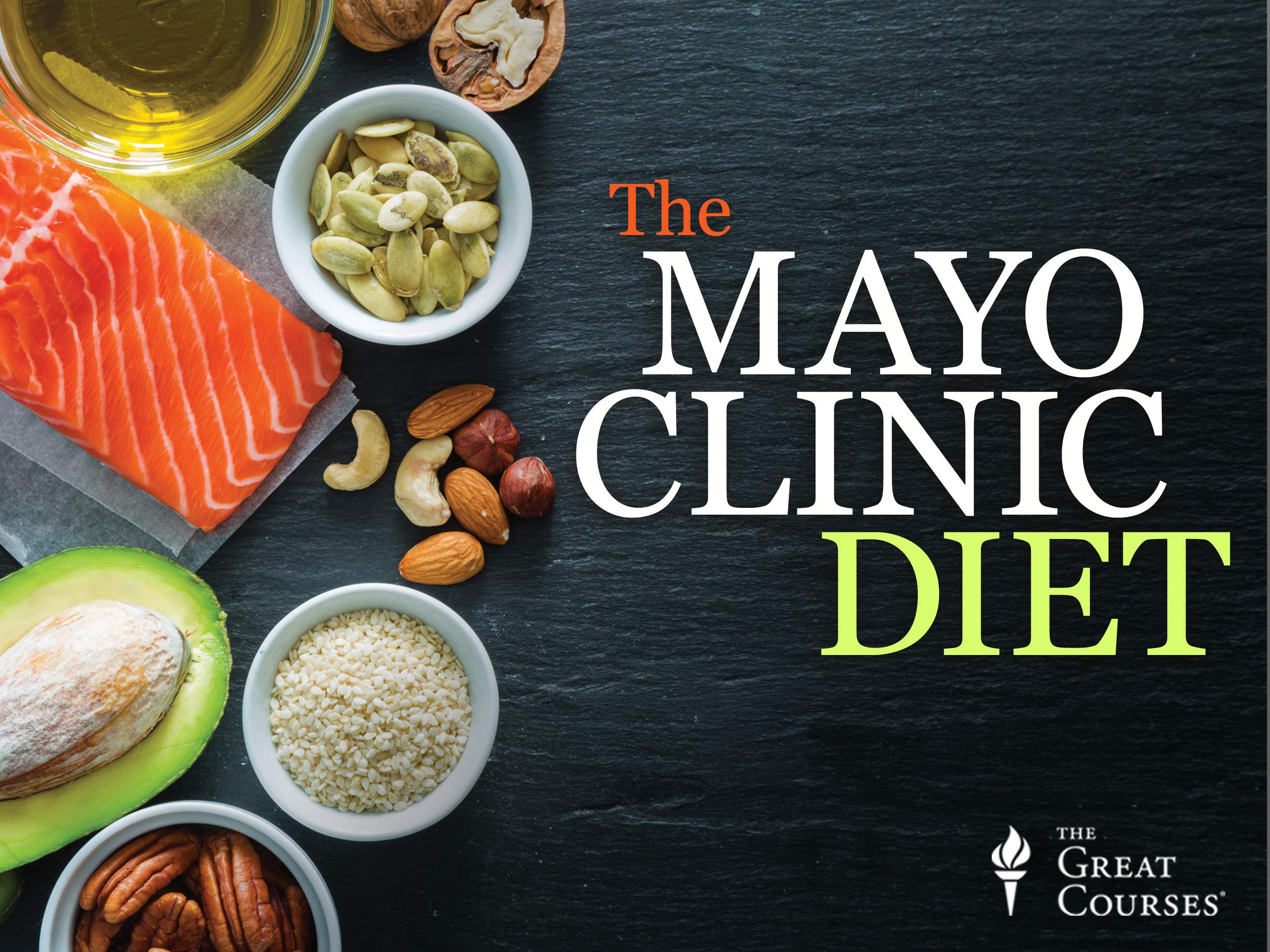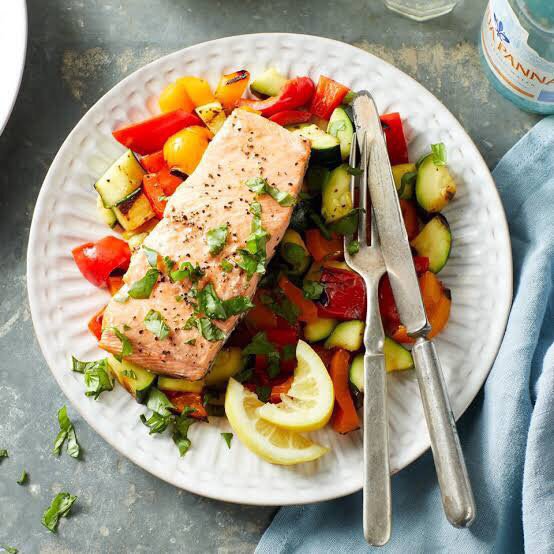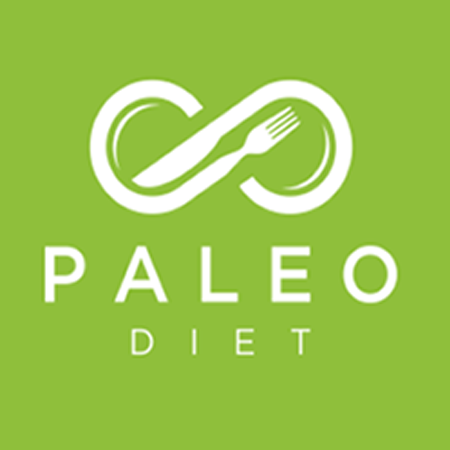
You may be asking yourself, "Who developed the Paleo diet?" American scientist Dr. Loren Cordain is the one who created the Paleo diet. He specializes in nutrition and exercise physiology. He is one of the most prominent proponents of Paleo. But which one should you believe? Or is this simply another myth? Read on to discover the truth about this fascinating diet!
Dr. Loren Cordain
Paleo, a controversial lifestyle plan, encourages you to eat foods your hunter-gatherer forefathers ate millions of year ago. This diet was based on research that looked at the Stone Age diet. It was low in salt, but high in potassium. Many modern diseases are linked to high salt intake, which is not found in the Stone Age diet. Dr. Cordain claims that eating like our Caveman ancestors can prevent many illnesses.
In the world of nutrition and human evolution, Dr. Cordain has published numerous scientific articles and has become one of the most well-known authorities on the subject. His research was featured on numerous major media outlets such as Dateline NBC and The New York Times' front page. He is the author of three books on the topic and a newsletter. See the following resources to learn more about Paleo.
The Paleo Diet is divided into three levels: the basic, intermediate and advanced. The lowest level allows you more "open" meals, and allows you to eat foods that are strictly forbidden. You can eat legumes, other seeds, but only in moderation. The highest level allows you to eat 20 meals and 20 snacks per week. The diet is recommended for a lifetime if you want to live long and prosper.

This diet is based upon the assumption that high protein intakes are reflected in hunter-gatherers. Cordain supports his theory with research using an ethnographic Atlas of 229 hunter/gatherer communities. According to his research, 73% of them got more than 50% of their energy from animal foods and only 14 percent ate plants. Cordain's findings are refuted in Am. J. Clin. Nutr. 71:665-667.
Although Dr. Cordain may appear to believe that this hypothesis is valid, there are strong counterarguments. Cordain suggests that a diet low carbohydrate and fat can increase one's chance of developing cancer. However the evidence disproves this assertion. For example, the diet's health benefits outweigh any potential drawbacks. Cordain's analysis also points out the limitations of the diet, although it is still in its infancy.
Walter Voegtlin
Paleolithic eating is a way to eat that has been around for at least 35 years. Walter Voegtlin (gastroenterologist) developed the Stone Age Diet after studying human dietary habits. His study found that the diet was beneficial for people with common digestive problems. The diet also has many health benefits, including improved brain function and a decreased risk of colon cancer.
Voegtlin founded the diet on the belief that humans evolved into carnivores. Therefore, we should follow the same path. He believed that humans were genetically very similar to dogs or sheep and should eat a primarily carnivorous diet. Modern data is mixed but generally positive, according to diet advocates. However, they should remember that modern humans have not adapted to the paleo diet as much as animals did ten thousand years ago.
Walter Voegtlin, author of "The Real Diet of Man", uses the chemistry of food as a basis for his book. This book also discusses low-glycemic foods and high fiber as well balanced essential oils. It is focused on foods that help the body function optimally. Ted Slanker & Walter Voegtlin are the authors. They have been reporting about nutrition research basics for over 15 years. They are able to distill complex research into the essential nutrients for human health.

Paleo is not suitable for all food groups. This includes processed foods, sugars, salt, and grains. The diet is not suitable for some animals that are grain-fed. Furthermore, modern fruits and veggies are different than those consumed during paleolithic time. Some Paleo diet advocates cite studies that only have a few subjects and are short-term. Those studies cannot support the Paleo diet as a whole.
Since the Paleolithic diet is based on animal protein, a study of animals' diets is necessary. Even though Paleolithic food choices were not completely vegetarian, they have had an impact on the lives of modern humans. Many of these researchers believe that animal diets weren't entirely vegetarian or vegan. While eating more meat and fat can lower cholesterol, it can also improve cardiovascular disease prevention.
FAQ
What skills are required to enter a culinary school?
You must have the ability to cook well and work under pressure. For a basic understanding of cooking, it is advisable to enroll in cooking classes at the local high schools or community colleges. After mastering the basics, you'll be able to apply for a job at a catering or restaurant.
How can I get hired as a cook?
Through word-of-mouth, you can find a job to be a chef. Your friends and family members might know of a restaurant that needs additional staff. A lot of restaurants also advertise their openings on bulletin boards or websites.
Where can i buy quality kitchen equipment
High-quality kitchen equipment can be purchased online. You can find all kinds of kitchen tools on a variety of websites. Before purchasing any kitchen equipment, however, make sure that you read reviews and ratings before buying anything. You can ask others who have the same items for their recommendations.
Statistics
- You'll be amazed that over 90% of CIA students receive scholarships and grants to finish their culinary studies. (ischoolconnect.com)
- In the United States, the category is estimated at $23.2 billion annually and is growing faster than the market. (washingtonpost.com)
- under 10 Kids have been taught that there is special food just for them, and Fiese says that 10 percent of kids will throw a tantrum if they don't get the food they want. (washingtonpost.com)
External Links
How To
How to make an omelet that is perfect
Omelets have always been a favourite food to eat for breakfast. But how do you make them perfectly? There are many recipes and methods I tried, but none worked. I have some tips and tricks to help you make delicious, fluffy omelets every single morning.
It is important to know that eggs can be temperamental when making omelets. Eggs must be purchased fresh, preferably organic, and kept chilled until ready for cooking. You must keep them cool enough to allow the whites to form properly and the yolks to become too runny if they're not kept at the right temperature. This makes your omelets look weirdly colored. If you want to make omelets right away, it's best not to use eggs that are too cold.
Another tip is to separate your egg before adding it into the pan. You don't want any white to get mixed up with the yolk because this could cause the omelet to curdle.
The egg can burn if it is placed directly on the stovetop. Instead, put the egg in the microwave for 10 seconds before putting it into the pan. The microwave heat is sufficient to cook the egg without overcooking.
Next, let's talk about mixing the eggs. When mixing eggs, it is important to thoroughly beat them. You can do this by turning the bowl of your mixer upside down. Then, vigorously shake the bowl. The egg will be thoroughly mixed in the bowl as the air is whipped.
Now it's time to have fun: pour the milk into the mixture. The first step is to pour half of the milk in the beaten eggs. Next, fold the eggs into the remaining milk. Do not worry if you see streaks of egg; they will disappear when the omelet is flipped.
After you have folded your eggs, heat up the oil on medium heat. Wait for it to get hot. Once the oil starts getting hot, add 1/4 cup of butter to the pan and swirl it around to coat the entire surface of the pan. The lid should be carefully opened. Sprinkle salt in the pan. The salt will help to prevent the omelet's sticking to the pan.
Once the omelet forms, cover the pan again. Let the top side set completely. Flip the omelet by using a spatula. Cook the other half for another minute. Serve the omelet immediately by removing it from the pan.
This recipe works best with whole milk, but skimmed milk also works.